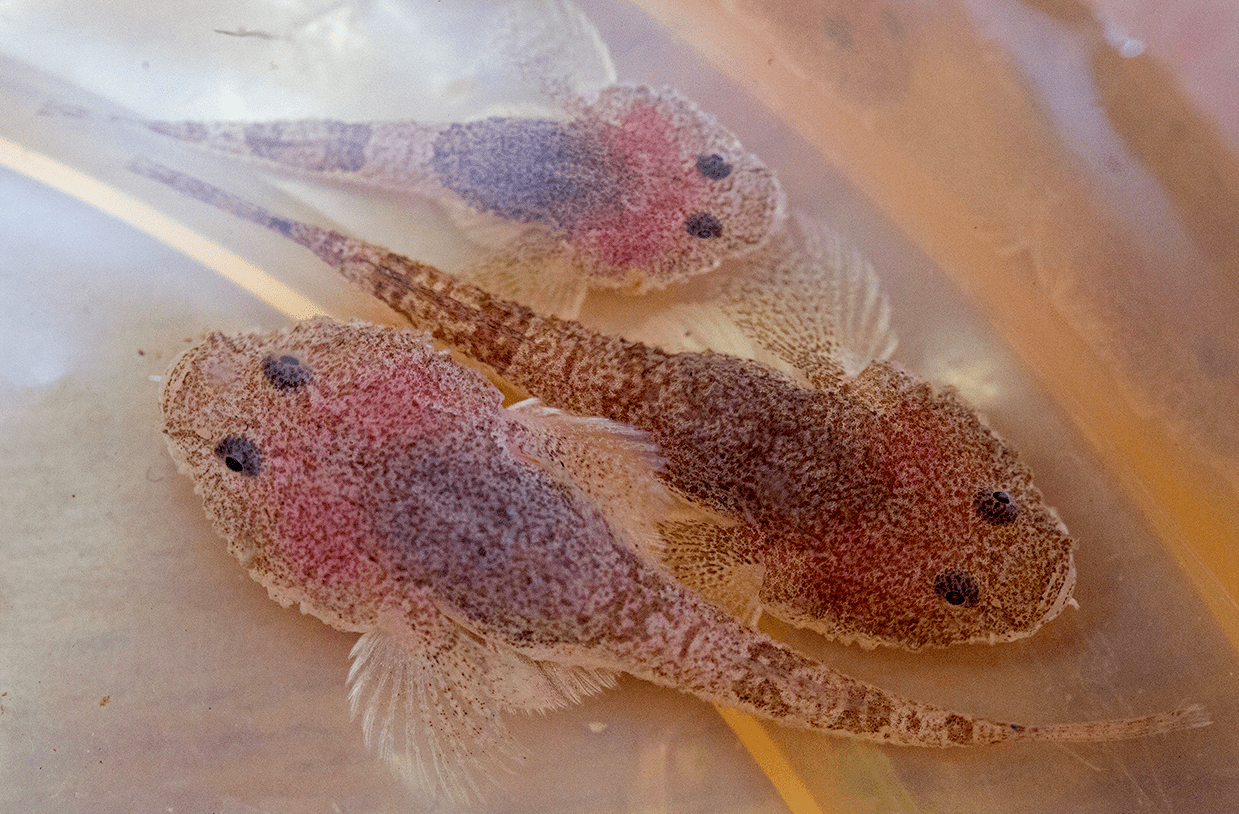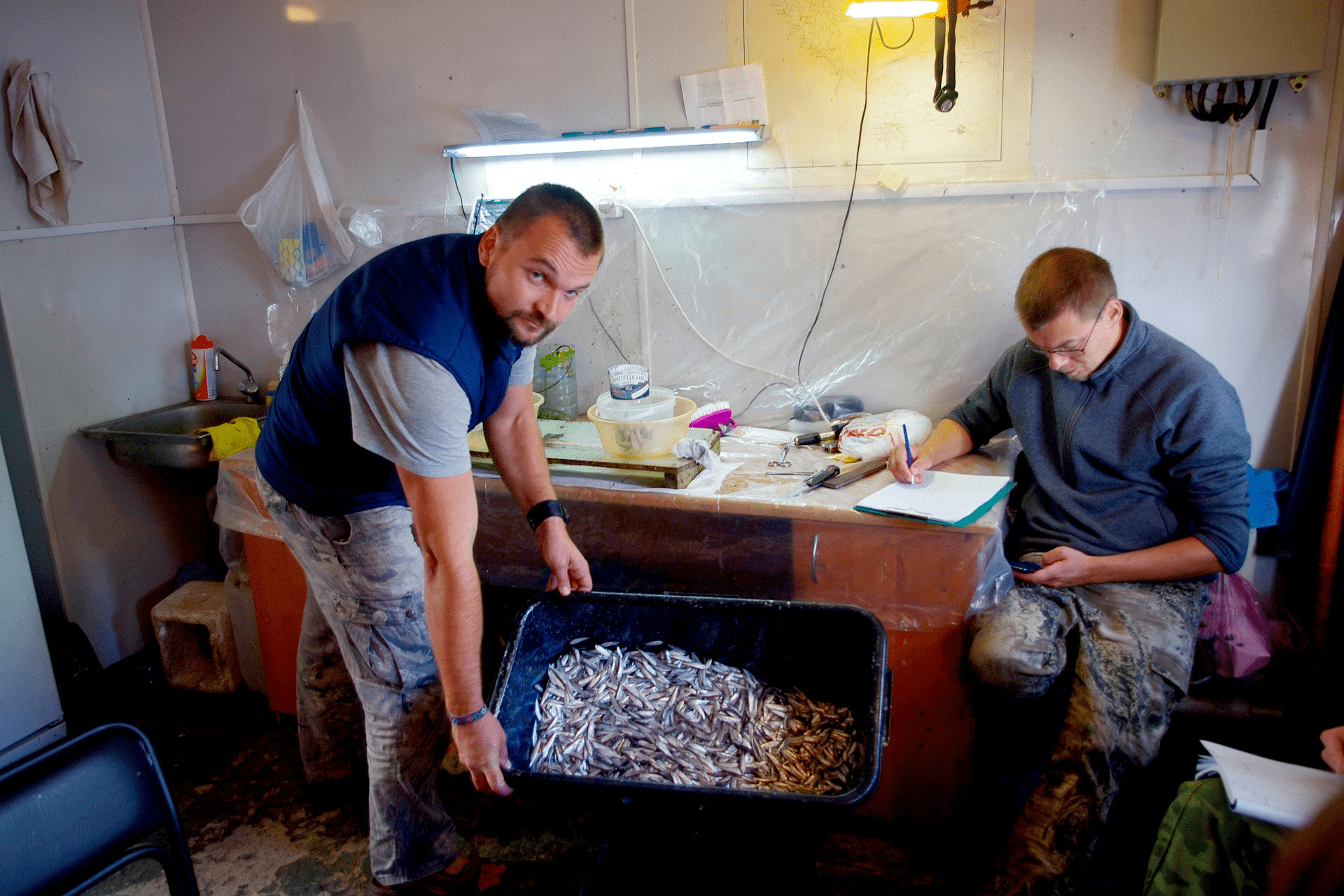
Russian scientists have developed a new set of primers for DNA identification of non-native fish species in the Volga-Kama basin. Using these primers, they traced the genetic variability in 31 fish species and compiled a reference library containing marker sequences of the region's invaders.
Under natural conditions, the dispersal of animals is limited by their radius of individual activity, and for most species this radius is relatively small. Hydrobionts use waterways for settlement. Human activity strongly influences the movement of aquatic organisms, contributing to biological invasions.
A team of scientists from the Institute of Inland Water Biology of the Russian Academy of Sciences and the Institute of Ecology and Evolution Problems of the Russian Academy of Sciences have optimized a method for identifying alien fish species in the Volga and Kama rivers. Work published in Water.
The Volga River was involved in a colossal hydro-construction program. There are nine large reservoirs on the Volga. Kama suffered less - there are only three large reservoirs on it. This is naturally reflected in the share of alien species: at present, the share of alien fish species in the Volga reservoirs ranges from 8% to 32%, for the Kama reservoirs it is 2–16%.
Alien species can upset the balance of an ecosystem, so one of the key tasks in monitoring biological invasions is the rapid and accurate identification of the invader. DNA identification methods are best suited for solving this problem.
For species identification of fish, DNA barcoding is used for a region of the mitochondrial cytochrome oxidase (COI) gene. This gene is conserved, which allows the use of universal primers for a large number of closely related species. However, the higher the universality, the lower the specificity, which is why the modeling of primers that target specific groups of animals is becoming increasingly popular. The authors of the new work went exactly along this path. They developed a set of primers to effectively identify invaders in the Volga-Kama basin. When developing, scientists relied on sequences uploaded to the NCBI GenBank database.

The usual catch on the Volga is two pounds of perfect kilka! The authors of the article in Water magazine, Dmitry Karabanov and Dmitry Pavlov, are on a voyage on the research vessel “Akademik Topchiev”
Source: biomolecula.ru
For the COI locus, they proposed primers that provide more efficient amplification of both the standard fragment for DNA barcoding and the shorter mtDNA fragment. This allows the identification of fragmented and highly degraded samples, as well as working with the so-called natural DNA (eDNA) contained in water. However, working with only one locus can lead to errors. To improve identification accuracy, the scientists developed an additional set of primers targeting the mitochondrial large subunit (16S) and nuclear small subunit (18S) ribosomal DNA sequences.
The primers were tested on samples of non-native fish caught in the Volga-Kama basin in the summer seasons of 2005–2020. There were 146 COI locus sequences, 77 16S locus sequences, and 91 18S locus sequences. Based on these sequences, scientists traced the genetic variation of 31 freshwater fish species. In addition, a reference library was formed containing sequences of almost all alien fish in the region, and the findings of several new species were also confirmed.
As part of the study, the protocols for DNA extraction, PCR, and purification of the PCR product were also optimized. New versions of the protocols allow the use of the most common plastics, reagents and equipment. The cost of one sequence after optimization was less than $2.
This work was supported by the Ministry of Education and Science of the Russian Federation and a grant from the Russian Foundation for Basic Research.
Karabanov D.P., et al. New Sets of Primers for DNA Identification of Non-Indigenous Fish Species in the Volga-Kama Basin (European Russia) // Water. 2022, Vol.14, no.3. P.437; DOI: 10.3390/w14030437
Photo 1 is directly from the linked article. In the photo, the star-shaped beetle Benthophilus stellatus is one of the most unusual species of fish in the Volga. Saratov reservoir.
Photo by Dmitry Pavlov
Related materials
Biomolecula.ru: Fishing for aliens: DNA barcoding helped identify invasive fish species in the Volga basin
Scientific Russia: "Scientists have figured out how to accurately and quickly monitor the penetration of new fish species into water bodies"
